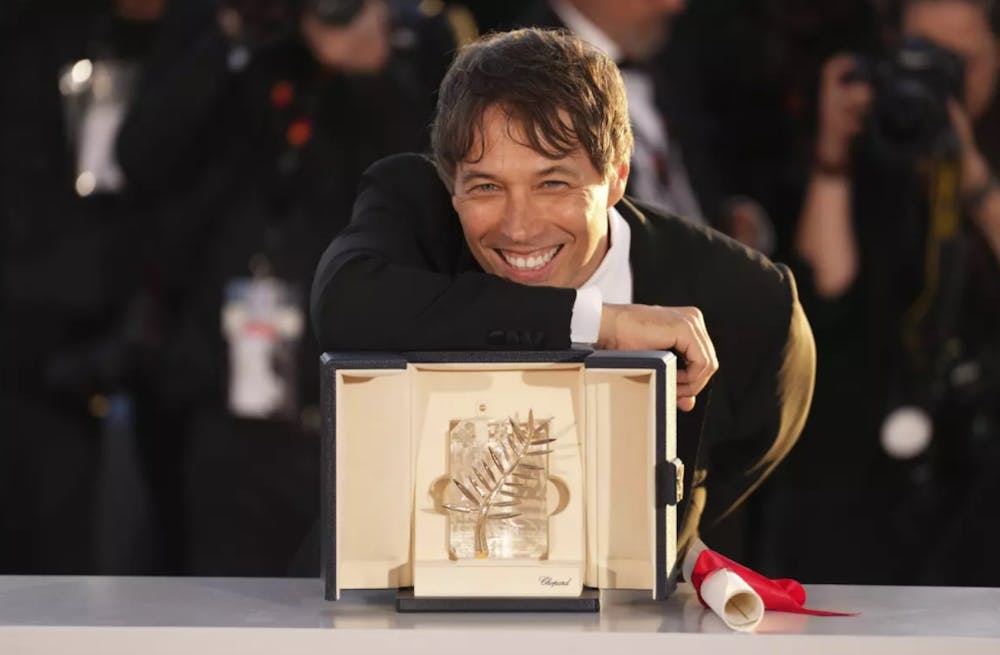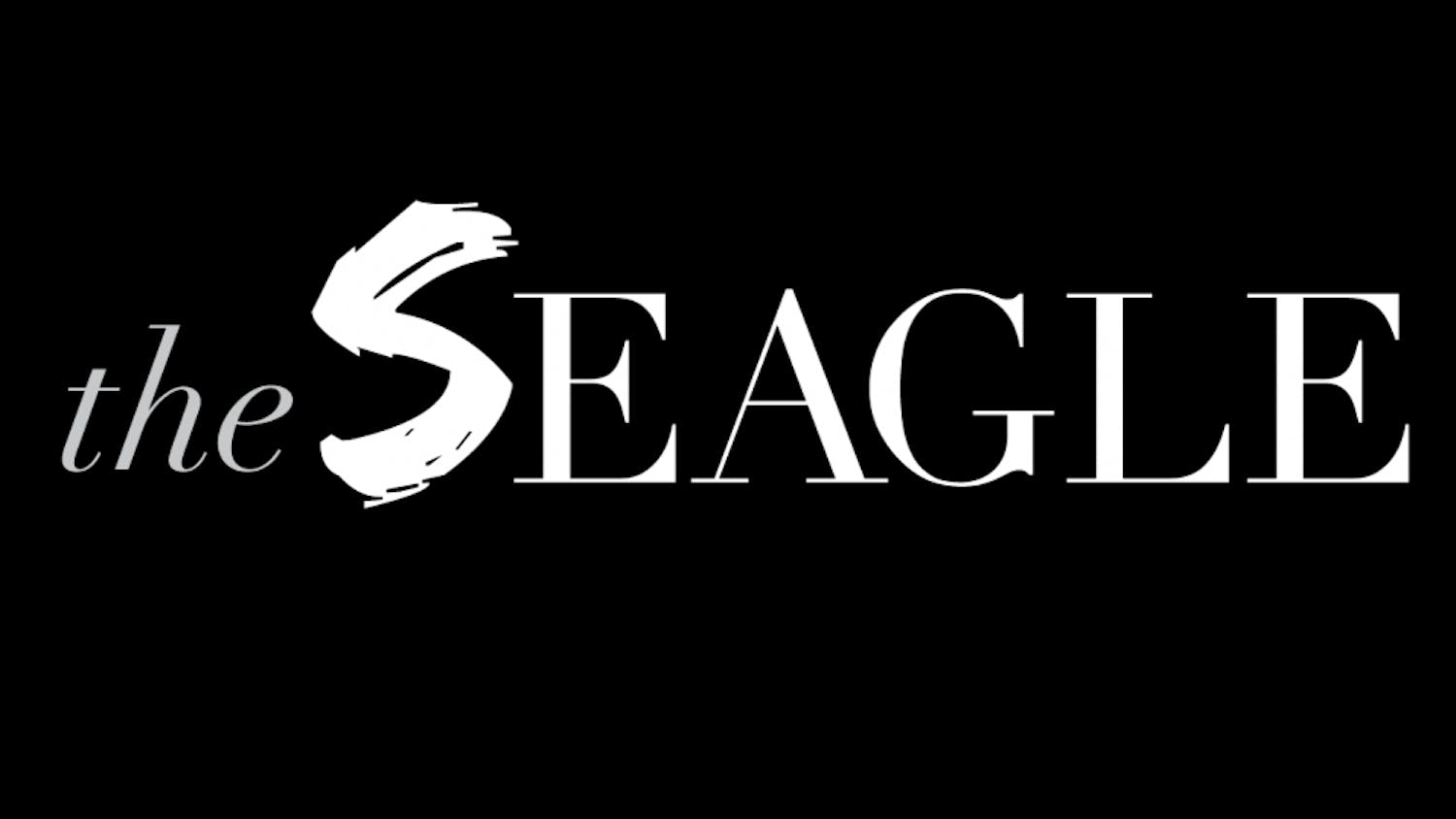When you think of female sex workers in film, who comes to mind? Iris Steensma from “Taxi Driver”? Jade from “The Hangover”? Or perhaps even Vivian Ward from “Pretty Woman”?
The female sex worker archetype in film has largely served as an influence on a story’s lead male characters or has been written off as a shady side character.
But in the 2024 film “Anora,” directed by Sean Baker, not only is the lead character, Ani (Mikey Madison), a sex worker, but she turns this archetype on its head.
Ani is not likeable or kindhearted. She marries the leading man, Vanya (Mark Eydelshteyn), because of his money, not out of compassion or love. Despite this, we as the audience do feel badly for her, as she completely fails to see her lover’s red flags.
“Anora” has been a massive success for Baker. From the box office to film festivals, to, most recently, both the Producers Guild of America Awards and Directors Guild of America Awards, the film has seen much success, which is likely to continue at the Oscars.
“I consider Fellini’s ‘Knights of Cabiria’ one of the earliest examples of, like, a truly emphatic approach to sex work in cinema,” Baker said in an interview with Deadline Hollywood.
Baker cites “Knights of Cabiria” as one of his primary inspirations for “Anora.”
However, Baker’s main character, Ani, does not follow the heart of gold sex worker archetype similarly found in “Knights of Cabiria.”
Maria, the main character in “Knights of Cabiria,” faces hardship and betrayal, yet remains persistent and hopeful. So, upon first glance, it is hard to see why this drama from 1957 would be a great influence on “Anora.” But when both films are put in conversation with Baker’s directive style and storytelling, their connections begin to make sense.
Aside from similar themes, such as critiques of social hierarchy, false promises of love through marriage and maintaining hope in unfavorable circumstances, both “Anora” and “Knights of Cabiria” have memorable, yet somewhat confusing endings.

At the end of both “Anora” and “Knights of Cabiria,” the main characters turn to the camera with indecipherable expressions. Maria (Giulietta Masina) walks down a street, surrounded by musicians, and turns to the camera, smiling, yet shedding a tear.
Anora looks to Igor (Yura Borisov), another character, upon his offer to return the engagement ring promised to her by Vanya, with a mix of sadness and realization in her eyes.

Both endings have sparked discussions as audience members attempt to decipher what they mean. Open endings in film find a way to keep audiences invested in the movie long after it’s over, making the film even more impactful.
The success of “Anora” is interesting because of two factors: its underdog status compared to its big budget competitors and its approach to uprooting preconceived notions of the sex worker archetype, or in this case, what a sex worker from Brooklyn marrying into the Russian oligarchy should look like.
Portraying the stories of sex workers is one of Baker’s main themes in his films.
Though he has come under criticism for his focus on sex work, Baker remains insistent that his films are not intended to offend.
“One film can’t represent an entire community or microcosm of livelihood … I see all these films as individual films exploring universal themes,” he said in his interview with Deadline Hollywood.
“Anora” is captivating and soul crushing. Baker has an eye for creating interesting characters, specifically ones that make audiences question the sex worker archetype and how those characters are often tied to the men that exploit them.
Through this process, perhaps Baker is succeeding in bringing to light a counterculture that we as a general public may not entirely understand.
This article was edited by Alia Messina, Marina Zaczkiewicz and Abigail Turner. Copy editing done by Luna Jinks, Olivia Citarella, Emma Brown, Charlie Mennuti and Ella Rousseau.




